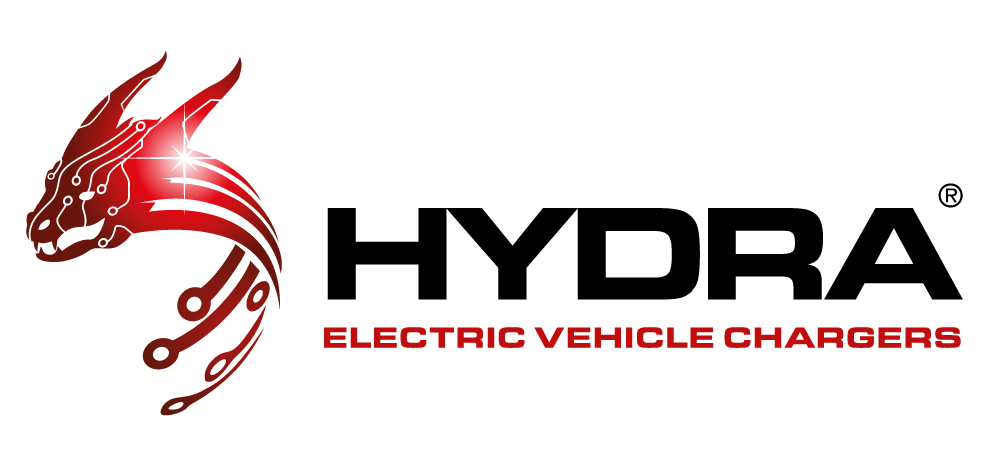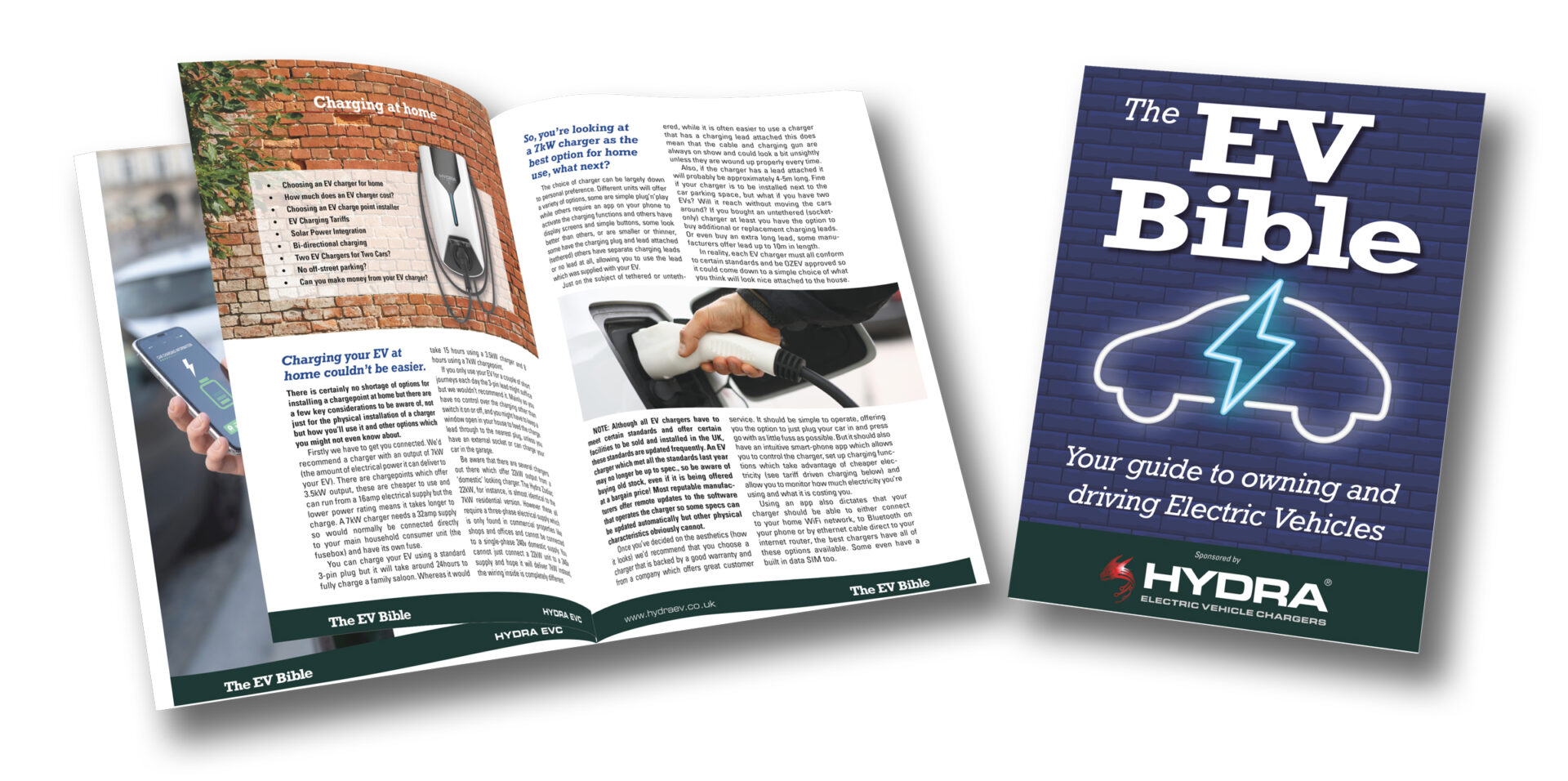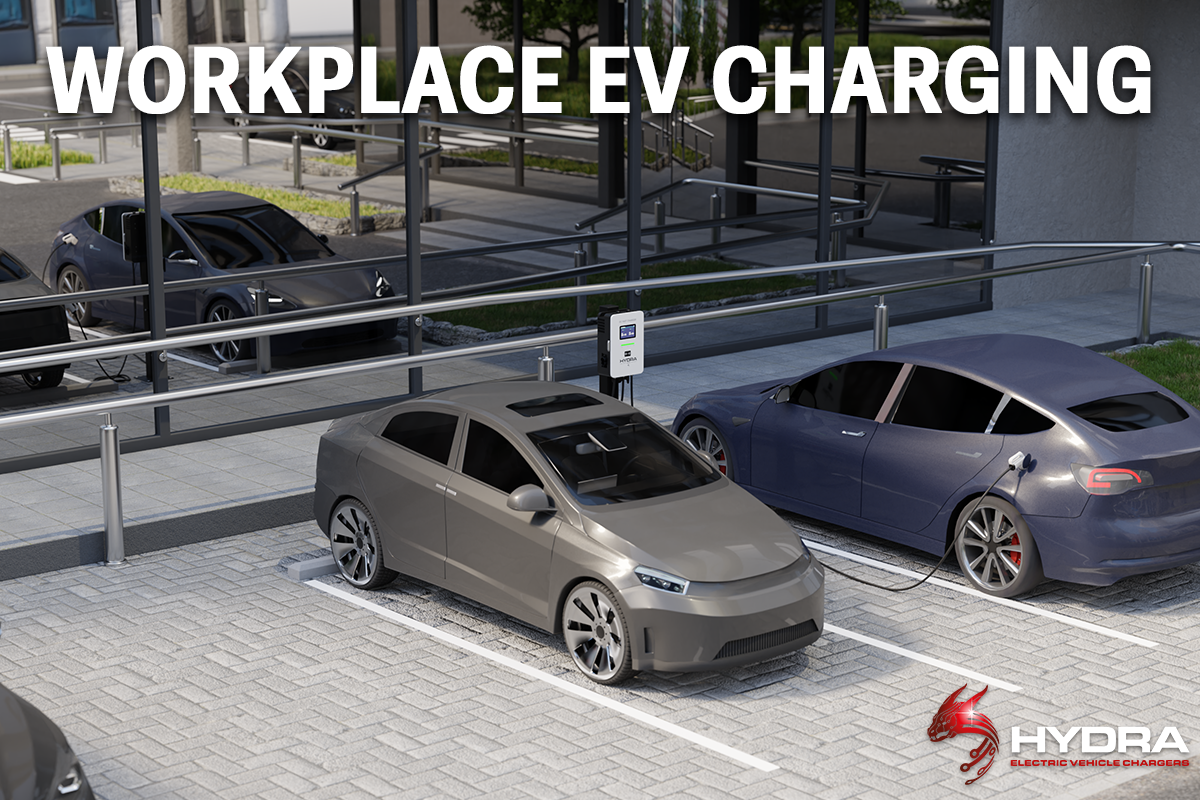Do I have to buy the EV charger that the car manufacturer recommends?
No. Electricity doesn’t care what charger it flows through and your EV won’t know the difference either. All EV chargepoints have to adhere to standards and almost all use the same Type-2 charging cable. So unless they are bundling the charger in for free you’ll probably save money by buying your own charger separately
Can I install my own EV charger?
No, only fully qualified electricians should carry out the installation of EV charging equipment. Furthermore, we advise that you should only choose OZEV approved installers.
Do I need Planning Permission to install an EV chargepoint?
In most instances no planning permission is required to install an EV chargepoint but it is always worth checking with your Local Council Planning Department to ensure there are no local restrictions in place. See Planning Portal for more information.
Do I need to inform the landlord if I want to install an EV chargepoint?
If you live in rented accommodation or rent a commercial property you should always gain permission of the Landlord and/or leaseholder before installing EV charging equipment. In fact, the Landlord can probably get a grant to subsidise the cost of installing an EV charger so it would be worth talking to them anyway and doing a deal.
Can I get a grant towards buying an EV charger?
Yes and no. The OZEV grants criteria change from time to time so while the government is still promoting the installation of EV chargepoints and subsidising some of the costs, those eligible for the grants are limited. At the time of writing the OZEV grants are being aimed at tenants and landlords of rented residential properties, companies wanting to install EV chargers in a workplace car park and local authorities installing public chargers.
What is the difference between single-phase and three-phase electricity?
Almost all private residential property – and an amount of commercial properties such as high street shops and offices – operate on the standard single-phase 240v electrical supply. If this is the case you will be limited to using a 7kW charger such as the Hydra Zodiac. However, larger shops, offices, industrial premises and warehouses are powered by a three-phase 400v supply which will allow for the installation and use of a higher powered EV charger of 22kW and above.
What is ‘Fast’ or ‘Rapid’ charging?
The first domestic EV chargers were able to provide 3.6kW output from a 16 amp supply. While this was better than using a standard 3-pin plug it was hardly earth shattering performance, but just about acceptable for hybrid cars with smaller batteries.
The advent of 100% electric cars demanded faster charging and 7kW output became possible from a 240v 32amp feed. In a workplace with three-phase electrics 22kW iss possible (if your car could take it) so these became known as ‘Fast’ chargers.
Rapid charging generally refers to anything between 43kW and 150kW. A DC rapid charger delivering 120kW could recharge a normal family car from 0% to 80% in under an hour. These are most often found at motorway service stations and other similar locations on major roads or retail areas.
What is the difference between Tethered and Untethered?
This simply refers to whether your EV charger has a cable and charging gun permanently attached (tethered) or just has a socket for you to plug a separate charging cable into (untethered). Some people prefer the convenience of leaving the cable attached and just plugging it into their car, other people prefer the neater look of a socket-only and just use the charging cable which came with the car.
Do I need to switch the EV charger off when not in use?
No, most EV chargers draw a minimal 2W on standby. They are also protected with multiple built-in safety features which means it is safe to leave the EV charger unattended for prolonged use.
Can I charge other vehicles from the same chargepoint?
Most EV chargers can charge a range of EVs from private cars to electric mopeds and commercial vans to HGV delivery trucks. Anything that takes a regular Type 2 charger can be connected. For commercial and public installations access to the charger can be activated by the use of a contactless RFID card thus preventing unauthorised use.
What do I do if the charging gun is stuck and will not release?
Chargers have a locking mechanism to hold the plug in place while charging and prevent accidental (or malicious) removal while charging. Sometimes this lock can get stuck if the correct disconnect sequence has not been followed. Repeated tugging on the charge gun when locked can also damage the locking mechanism. Firstly open the car door then unplug the charging gun from the car, then unplug from the charger, if it is a socket version.
Can the charging cable get damaged if I drive over it?
No the structure of the electrical cable includes a reinforcing layer to protect the live wires. This is why they are so heavy. Running over them repeatedly is not recommended but it won’t harm it in the short term. If you damage the wire by running over it with the lawn mower then it could be damaged. In this instance the RCD built into the charger will automatically shut off power to the charging cable. The RCD in the fusebox in your house may also trip, but this happens instantaneously so should not harm anyone.
What happens if my children poke their fingers into the socket?
Nothing. Power is only supplied to the charging socket once it is plugged in to your EV and the charging sequence has been activated.
Can I use an EV chargepoint if I am pregnant or have a pacemaker?
All EV chargepoints have to conform to certain regulations, one of these is an Electro Magnetic Compatibility standard. This alone should make it safe to use when pregnant or if you have had a pacemaker fitted. Further to this, each EV chargepoint should be installed on a dedicated circuit in the home with its own 32amp fuse, this makes it safer than almost all other domestic appliances which are simply plugged in to the nearest socket and will be operating from the same circuit.
How long will the batteries last in my Electric Vehicle?
Battery technology is improving all the time. So while some early EV drivers only expected 5 years or so from the batteries you should easily get 10 years or more now. Some manufacturers guarantee them for 8 years or 100,00 miles while others say they aim to supply batteries which will last the whole life of the vehicle (in broad terms this means 12-15 years). Over time the performance and capacity may diminish but not to the point where the vehicle is unusable.
What is Regenerative braking?
In a normal petrol or diesel powered car the engine provides power to move it forward and the breaks provide force to slow it down. In an EV both of these functions can be covered by the electric motor. Power is supplied to the motor to make it turn and move the car forwards, to slow it down the power to the motor is decreased and inertia of the vehicle turns the motor backwards. When this happens it acts like a dynamo and provides a tiny amount of generated power back to the battery. It is not a huge amount but possibly enough to get a few extra miles each day.
Most EV manufacturers still fit regular brakes as a backup but these are not often used. The option to choose an EV with no conventional brakes at all is not that far off.







